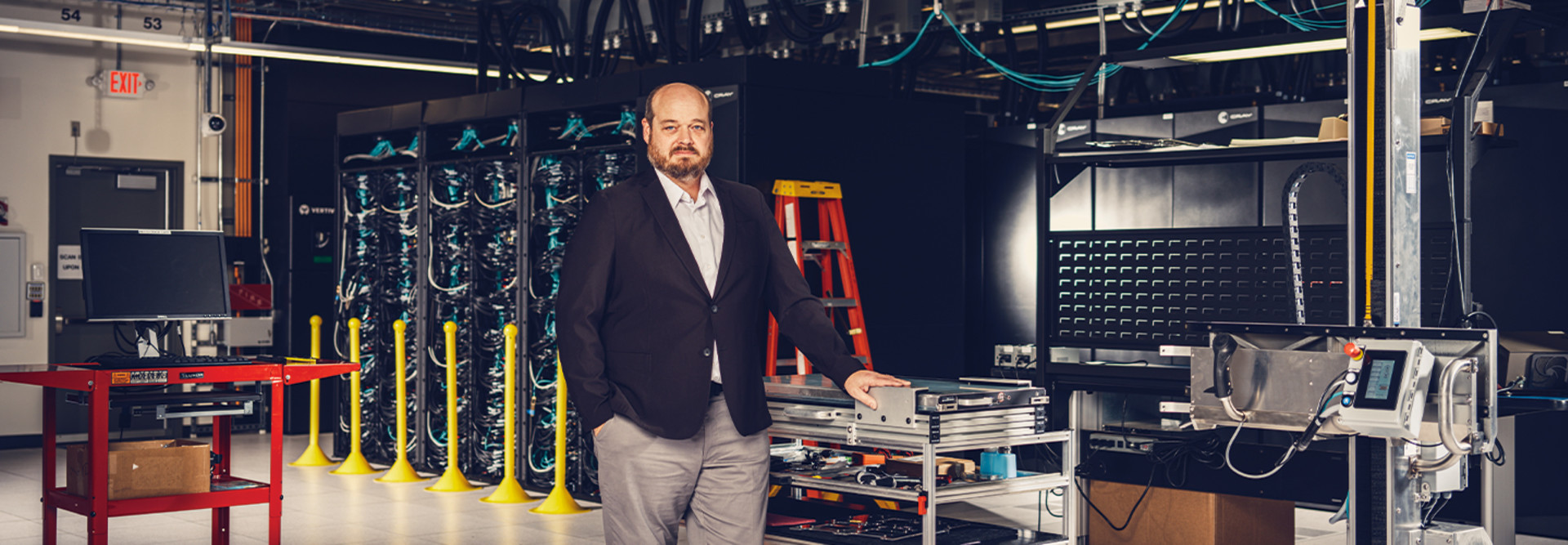Agencies May Sell Used Electronics After Data Is Cleared
Federal agencies can turn to certified electronics recyclers for proper IT asset disposal, from clearing data from the devices to recycling parts that can’t be reused. If the equipment is still usable, recyclers are permitted by regulation to sell the devices. Agencies can use the profits earned to buy new IT equipment from their prime contractor.
Those are the exact services that AnythingIT offers. Twenty years ago, the IT asset management services company, based in North Bergen, N.J., was the first company to get a government contract from the General Services Administration to take advantage of Federal Management Regulation 102-39, which allows agencies to sell property, such as used IT equipment, and use the money earned for new technology, says David Bernstein, CEO and founder of AnythingIT.
“Our data security certified services give agencies a safe process to retire their equipment, and it can increase their IT budgets,” Bernstein says. “We handle the certified data wiping and the proper environmental procedures to make sure nothing ends up in a landfill.”
AnythingIT has partnered with technology solutions provider CDW•G to offer the reselling service. First, AnythingIT provides onsite packaging and removal from any agency site. They inspect and value the equipment to give agencies an estimate of potential proceeds. Then they inventory the equipment, capture asset information like serial numbers and remove labels that identify previous owners.
The company then tests the equipment, checks the BIOS to get configuration information and wipes the data using Defense Department standards. Used electronics that can still be used are sold in Latin America and Europe.
Used electronics that aren’t sold are sent to recycling vendors who break the equipment down to raw materials so they can be reused again, Bernstein says.
WATCH: See how the Census Bureau relied on CDW•G to dispose of its devices after the 2020 Census.
How to Recycle a Supercomputer
ORNL’s Titan supercomputer, once the fastest computing system in the world, was a workhorse that powered research for scientists worldwide for seven years.
But in 2019, the national lab retired the system to make way for the new Frontier supercomputer, which will be 50 times faster than Titan and will become the country’s first exascale supercomputer.
Removing Titan from the 9,000-square-foot data center in Oak Ridge, Tenn., took about six weeks. Cray managed the recycling, but Abston oversaw the entire process to make sure the removal met federal requirements, including Environmental Protection Agency standards.
“My office was 60 feet away, so I observed the work, checked the status and answered questions,” he recalls. “Sometimes I helped with tools or helped push something out of the way. I also made sure trucks got in and out and were loaded correctly.”
First, Cray hired an outside vendor to remove 10,000 gallons of refrigerant used to cool Titan. That vendor placed the coolant in storage cylinders and took them offsite to clean the coolant so it could be reused, Abston says.
Next, a team of Cray engineers disconnected piping and heat exchangers above the cabinets. Then they loaded 430,000 pounds of supercomputer components onto 140 pallets and placed them on 15 trucks, according to ORNL. Even that took some strategy.
“They rolled the cabinets out, but they had to balance how much weight to put on every truck so we didn’t exceed each truck’s capacity,” Abston says.
The trucks hauled the disassembled machine to a third-party recycler in Dallas. The recycling team took apart Titan’s cabinets and internal parts by hand. Then they sorted the materials; recycled the plastic; and sent the steel, aluminum, copper and sheet metal to a metal reprocessor, which makes the material reusable so it can be manufactured into new products.
The recycling company, which is certified by the international Responsible Recycling (R2) standard, also used special machines to shred more complex components, such as processors and circuit boards. That isolated the precious metals, which the recycler sold to refineries for reuse.
READ MORE: Asset disposition services often come with Device as a Service solutions.
Electronic Disposal Plans Can Be Built in from the Beginning
The national lab disposes of smaller IT equipment on its own, including small server systems and hard disks. In fact, laboratory staffers disposed of Titan’s storage system by themselves.
Over a nine-month period, when Abston’s team members had time, they used a special onsite shredder to shred the 23,000 hard drives. The lab then offloaded the remaining precious
metals to a metal recycler.
When ORNL buys new IT equipment, its disposal is always part of the planning, Abston says. In fact, when ORNL purchased the new $600 million Frontier supercomputer, the lab required that the manufacturer would recycle the machine at the end of its life.
“Recycling is not always easy. The easy way is to send equipment to the landfill, but we want to do it right, protect our environment and promote the best interests of taxpayers,” he says. “That takes effort, searching out these contracts and getting the right people to come out and recycle the equipment.”












